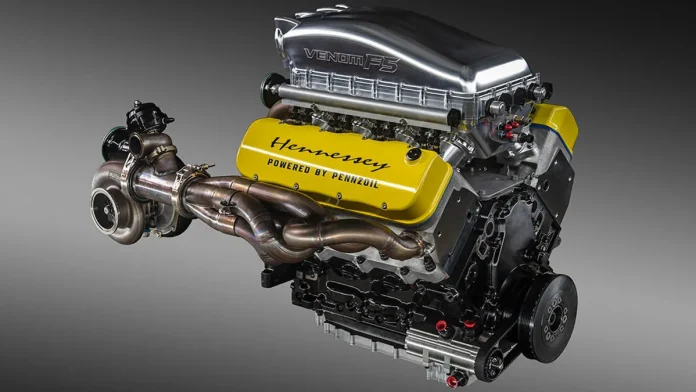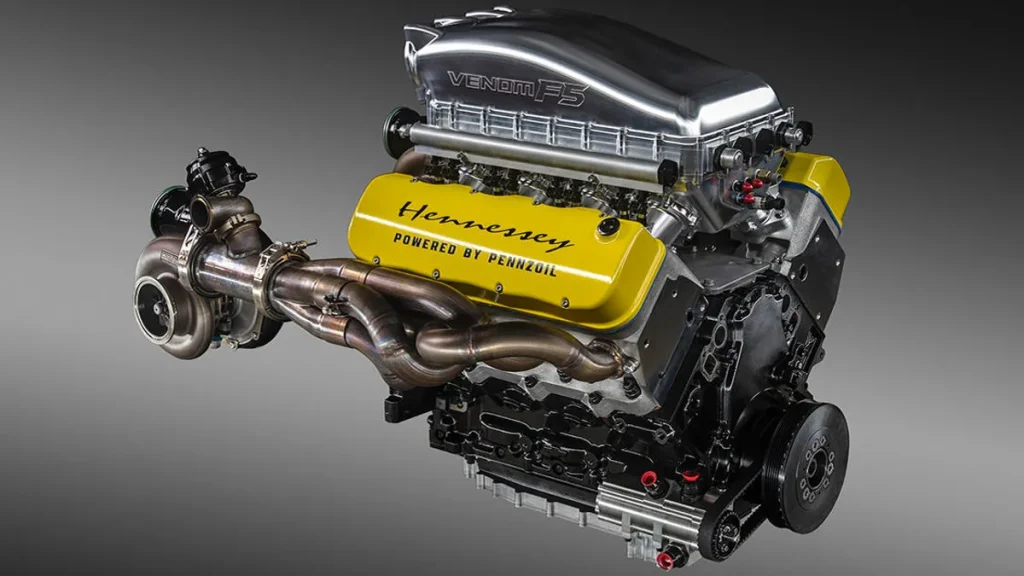
Is the age of the truly singular sports car engine ending? With the industry turning toward electric motors, the internal combustion engine’s most unhinged masterpieces are about to become even more prized by aficionados. For those who relish the mechanical music of unusual and unconventional powerplants, now is the moment to honor the outsiders engines that broke the rules, rewrote the rulebook, and, in some instances, tested the patience of their owners.
This is a list that explores the most unique engines to ever adorn sports cars, from the fabled Mazda rotary to the earthquake-inducing TVR V12. Every entry provides a glimpse into a world where engineering hubris overrode practicality and the quest for speed resulted in some of the most legendary and occasionally infuriating driving experiences in the history of the automobile. Technical dives are to be expected, as are reliability warnings and an appreciation of the most outlandish concepts ever fit onto a hood.
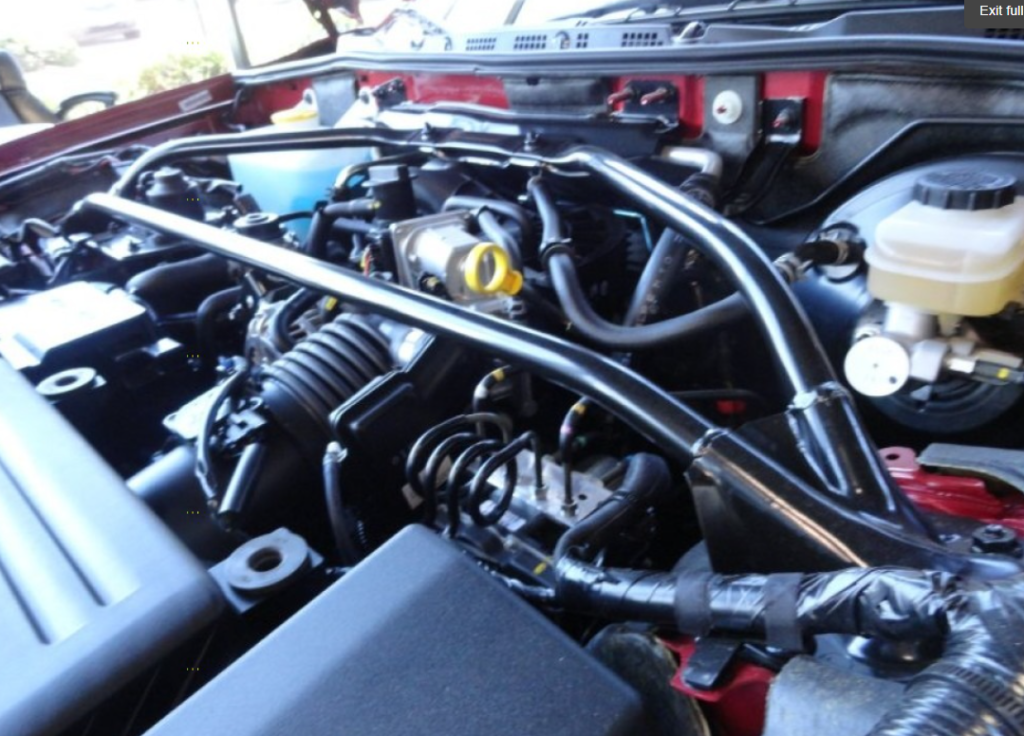
1. Mazda’s 1.3-Liter Twin-Rotor Rotary: The Iconoclast’s Choice
There is no engine that has divided gearheads more than the Mazda rotary. The 13B twin-rotor of the RX-7 is a lesson in creativity and infuriation. Rather than pistons, it uses two rotating rotors, producing a small, light unit with an exhilarating high-revving nature. As Driving.ca points out, “Mazda’s first rotary-engined vehicle was the Cosmo, introduced in 1967, and since then the engine has been synonymous with the Hiroshima-based marque.” The RX-7’s 13B, particularly in turbo form, could come close to 300 horsepower from only 1.3 liters a staggering achievement for its time.
But this genius was not without a price tag. Rotary engines have a reputation for apex seal failure, excessive oil consumption, and hungry fuel behavior. Nevertheless, the engine’s smoothness, compactness, and distinctive exhaust sound have gained it a cult following. Recent debates, like those on Naya Purana Online, point to rotary engines’ promise as range extenders in hybrid vehicles, taking advantage of their compactness and smoothness for future technology.
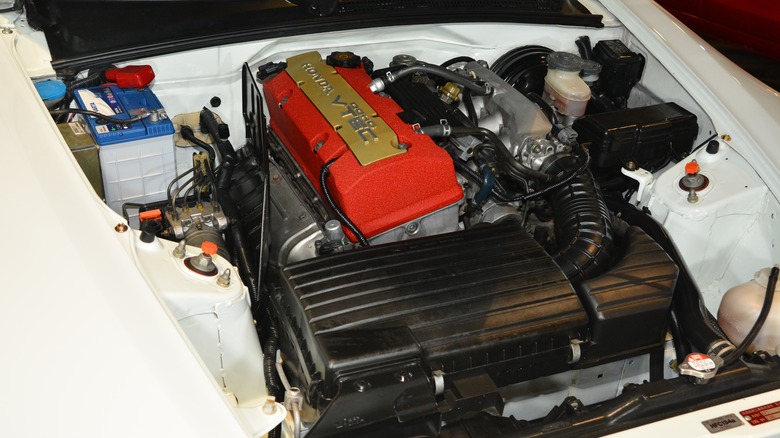
2. Honda S2000’s F20C: Four-Cylinder Excellence at 9,000 RPM
Honda’s F20C engine in the S2000 is a tutorial in naturally aspirated engineering. With 120 horsepower per liter a record for a production car four-cylinder it revs out to a crazy 9,000 rpm. This is even more remarkable given the reliability and availability of the engine, with well over 110,000 S2000s made. As Supercars.net sees it, “a 9,000 rpm redline and being able to deliver 120 hp/liter would be the primary draw first off, but the F series engine has also become a reliable and respected engine to this day.”
The F20C’s revvy character and separate throttle bodies serve up a scalpel-sharp throttle response and a spine-tingling exhaust note. The engine is a benchmark for naturally aspirated performance that continues to inspire tuners as well as purists who prefer mechanical connection over forced induction.
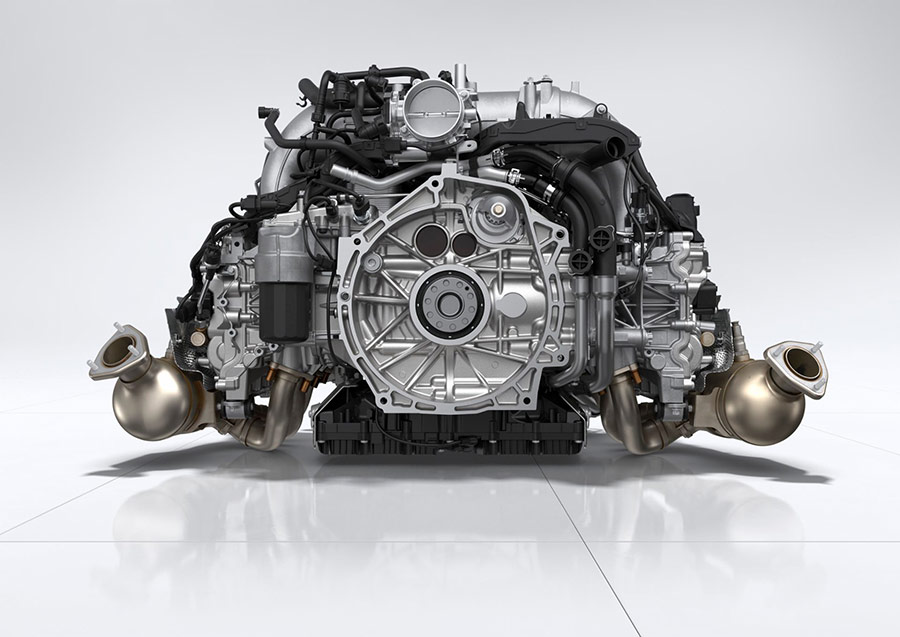
3. Porsche’s 4.0-Litre Flat-Six: The Soul of Stuttgart
Few engines are as closely associated with the identity of a brand as the flat-six of Porsche. The 4.0-liter naturally aspirated flat-six in the 718 Cayman GT4 is a wonder of the modern age, providing 414 horsepower with a linear powerband and the characteristic Porsche howl. Driving.ca says “the Porsche brand is intrinsically linked with the 911, and thus the flat-six.”
The horizontally opposed configuration has a low center of gravity, which is good for handling and agility. When turbochargers have become the industry standard, Porsche’s retention of the naturally aspirated flat-six for its GT cars is a tribute to pure enthusiasts who want authenticity and mechanical simplicity. This engine’s blend of heritage, noise, and performance makes it a modern classic.
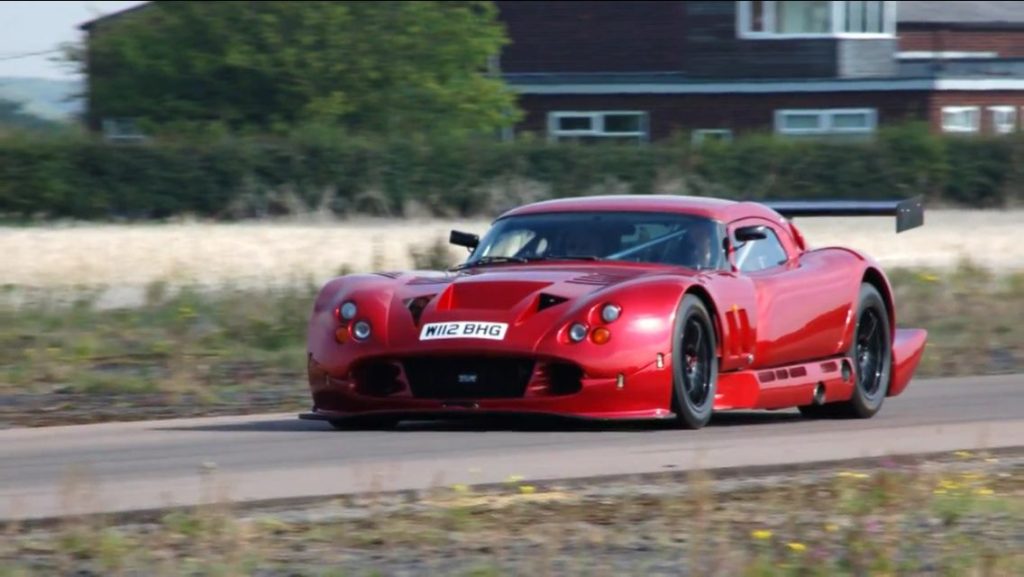
4. TVR Cerbera Speed 12’s 7.7-Liter V12: The Untamed Beast
If excess is the definition of originality, the TVR Cerbera Speed 12’s 7.7-liter naturally aspirated V12 is in a class by itself. Engineered to begin with for racing, this engine was developing more than 800 horsepower in prototype guise, one of the most potent naturally aspirated engines ever to be fitted to a production road car. Few were constructed, and TVR ultimately decided the vehicle was too untamed for public highways a decision that only served to fuel its legend.
The Speed 12’s V12 is the stuff of car legend, with a name that both instills terror and invites fragility. As this main article cites, “Whilst TVR initially planned to sell the Speed, it was deemed too powerful for public roads, leading to its rare and near-mythical status.” For those fortunate enough to have been exposed to one redlined, the memory remains long after the engine stops roaring.
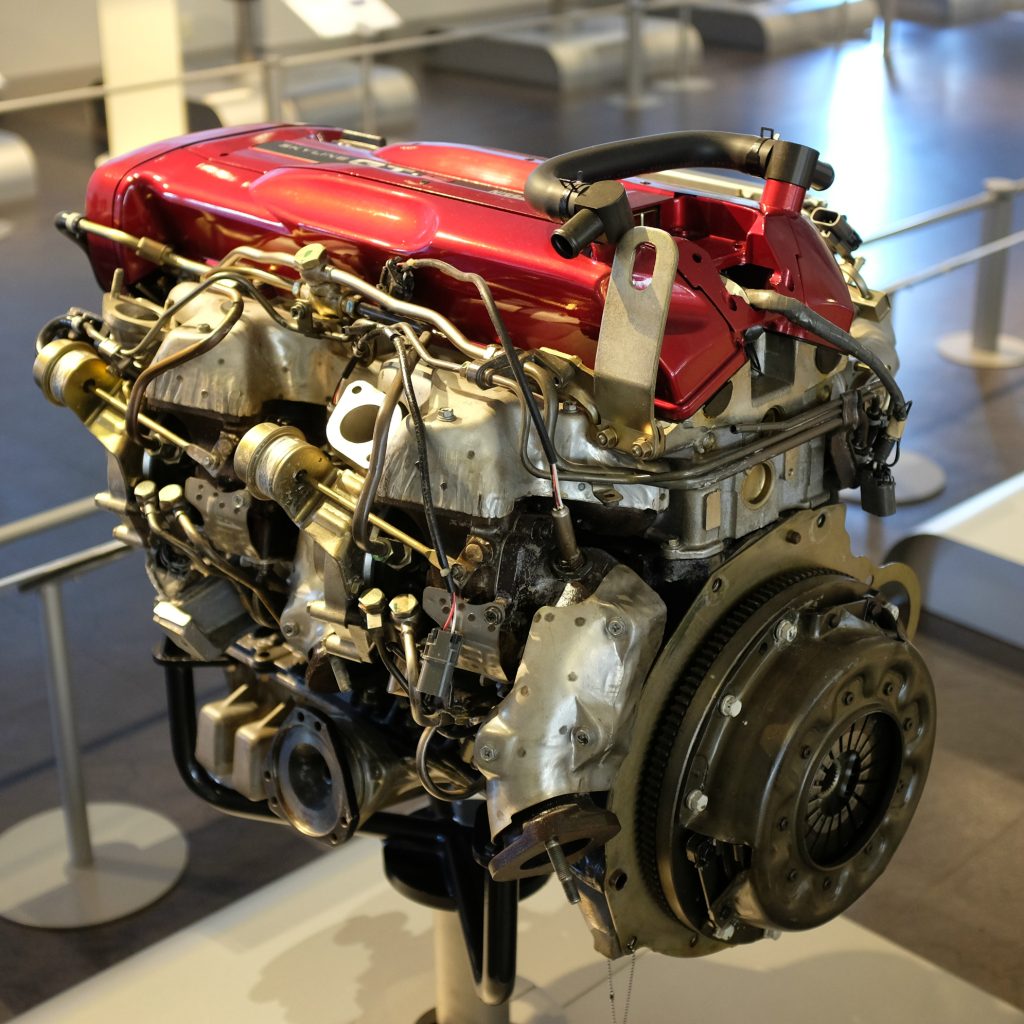
5. Nissan’s RB26DETT and VR38DETT: Six-Cylinder Legends
Nissan’s six-cylinder motors have reached legendary status among performance car aficionados. The RB26DETT twin-turbo 2.6-liter inline-six powered the R34 Skyline GT-R nominally called “Godzilla.” Rated 280 horsepower by the factory (via a gentleman’s agreement), tuners soon learned its real capability, frequently developing much more power with minimal changes. As explained by Supercars.net, “the engine’s true capabilities were the worst kept secret in the industry.”
Its replacement, the VR38DETT, is a twin-turbo 3.8-liter V6 that drives the current GT-R. Hand-assembled and ever-evolving, it produces up to 600 horsepower in Nismo guise, coupling muscle with sophisticated electronics. Each engine is admired for its toughness, tuning ability, and the special personality it injects into Nissan’s top-performance models.
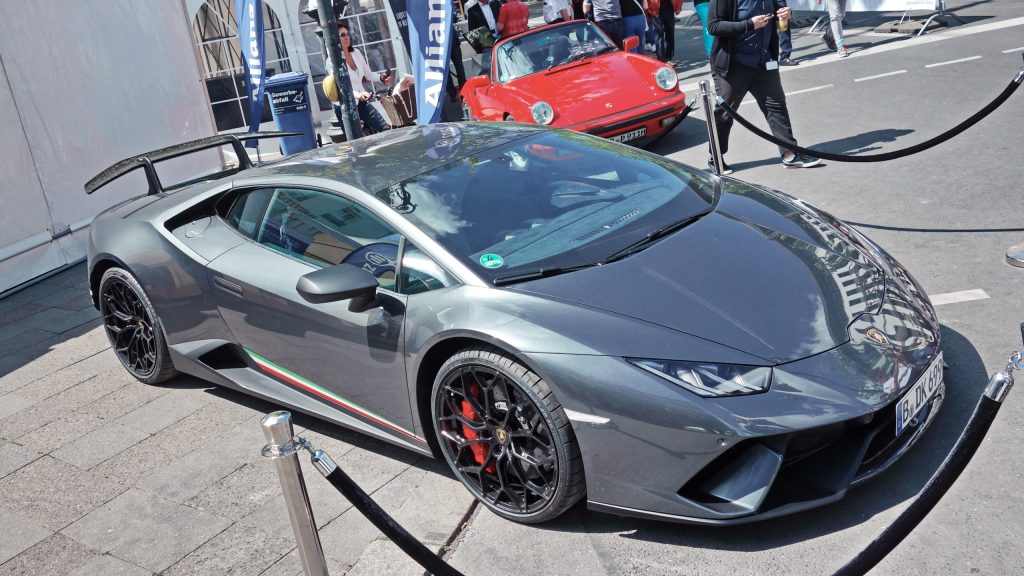
6. Lamborghini/Audi 5.2L V10: The Benchmark for Modern Exotica
The 5.2-liter naturally aspirated V10 that is common to Lamborghini and Audi is a work of art of contemporary engine design. Debuting in the Gallardo and now driving the Huracán and Audi R8, this engine yields up to 640 horsepower in the Huracán Performanté without forced induction. As Supercars.net describes, “the motor makes its power more efficiently than ever before as well, with over 70% of its torque already available as early as 1,000 rpm.”
The V10’s scream at high revs, paired with its docile low-end torque, provides a driving experience that is both raw and sophisticated. Its presence in Italian and German supercars attests to its versatility and timeless appeal.
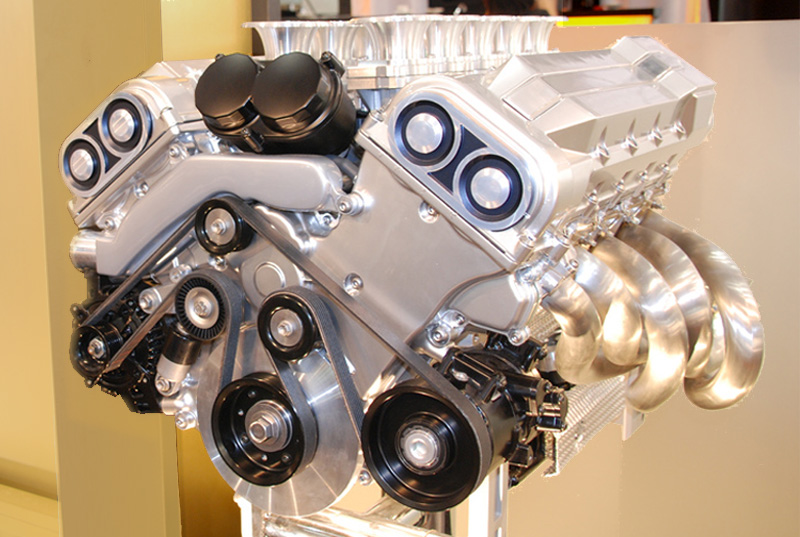
7. Lexus LFA’s 4.8L V10: The Japanese Symphony
Lexus shocked the globe with the LFA’s 4.8-liter V10, an engine also co-developed with Yamaha. Piping out 552 horsepower and revving from idle to redline in a mere 0.6 seconds, it produced what most consider the best exhaust note ever created. As Supercars.net states, “Developed in cooperation with Yamaha, it was a free-revving engine with an exhaust note that is truly unlike any other on the planet.”
The LFA’s V10 was a technical masterpiece, with lightweight construction and sophisticated electronics to both make and last. Its scarcity and the dedication invested in its creation have turned it into a contemporary collector’s item, cherished by those fortunate enough to drive one of them.
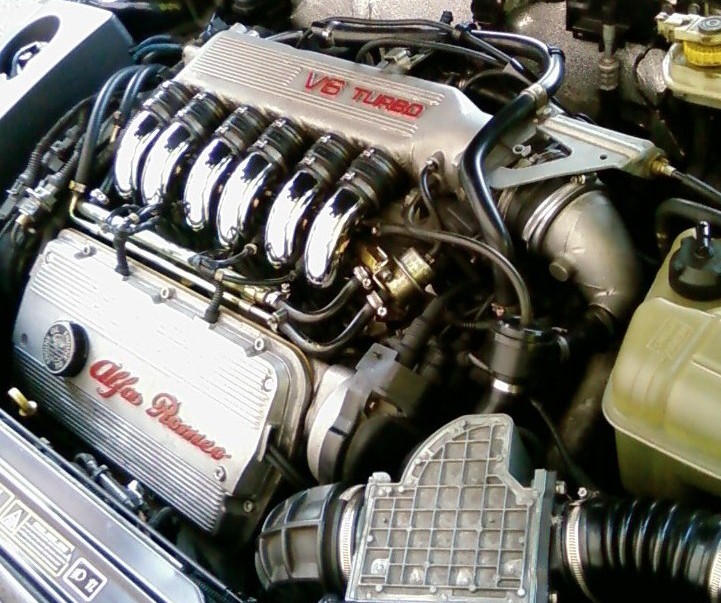
8. Alfa Romeo ‘Busso’ V6: The Soulful Italian
Not many engines inspire so much love as Alfa Romeo’s ‘Busso’ V6. Giuseppe Busso V6
Named for its creator, Giuseppe Busso, this 60-degree V6 powered a broad swath of Alfas for more than three decades. With outputs from 130 to 247 horsepower, it was admired for its smoothness, solid low-end torque, and distinctive exhaust note. As Supercars.net notes, “every Busso engine has the same reputation for being extraordinarily smooth, having good low-end power delivery, and an incredibly distinctive engine sound at higher rpms.”
The Busso’s combination of personality and execution made it a focal point of Alfa’s brand identity, and it is still a favorite among collectors and enthusiasts who value its mechanical craftsmanship.
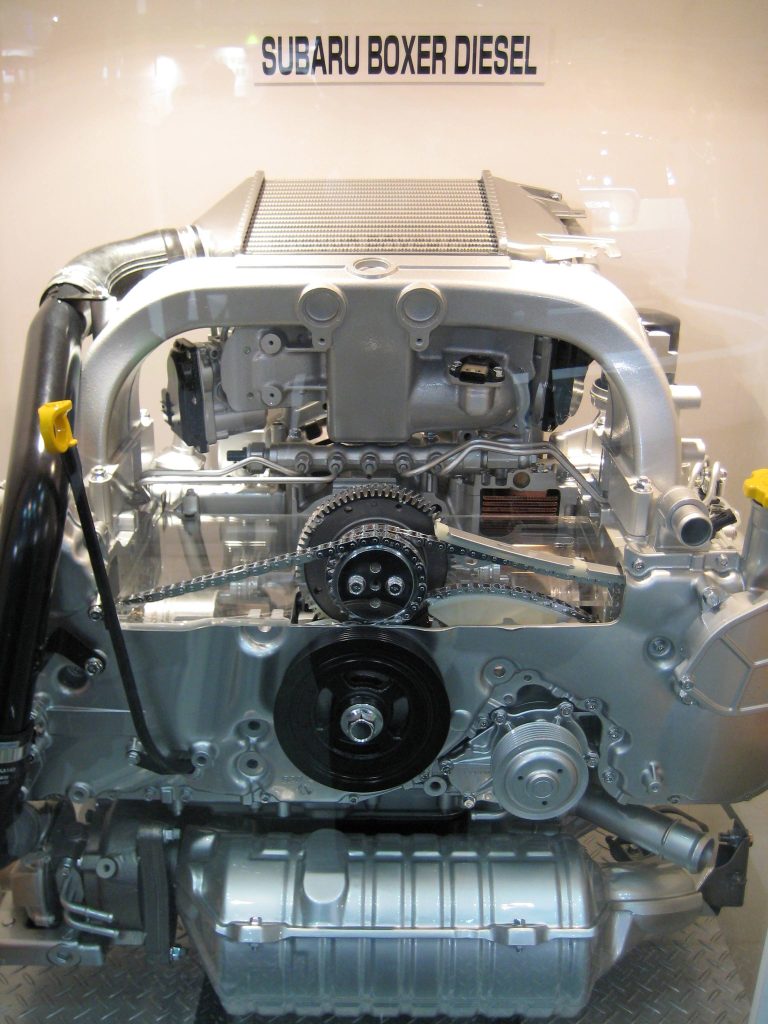
9. Subaru’s Boxer Engine: The Unique Flat-Four
Subaru’s boxer engine is immediately recognizable, both due to its distinctive configuration and its distinctive rumble. Launched in 1966, the flat-four layout provides a low center of gravity and, in conjunction with Subaru’s all-wheel-drive system, outstanding handling. The EJ20 engine, for example, drove generations of WRX and STi cars and has become an icon of rallying.
As Driving.ca suggests, “the distinctive rumble of a WRX or STi could be attributed to the exhaust runners to the turbo being of different lengths.” Though not particularly powerful or elegant, Subaru’s boxer engines have their fans, praised for their durability, tunability, and special driving experience.
The world of sports cars has always been dependent on the unconventional and the bold. These engines with all their idiosyncrasies and successes stand at the pinnacle of innovative engineering a testament that continues to inspire and intrigue. As the times change and the automobile culture evolves, these powerplants serve as reminders to car enthusiasts why a love of cars is fundamentally an appreciation of mechanical daring and a never-ending quest for performance.
